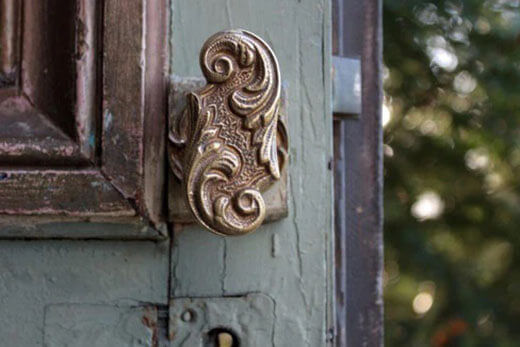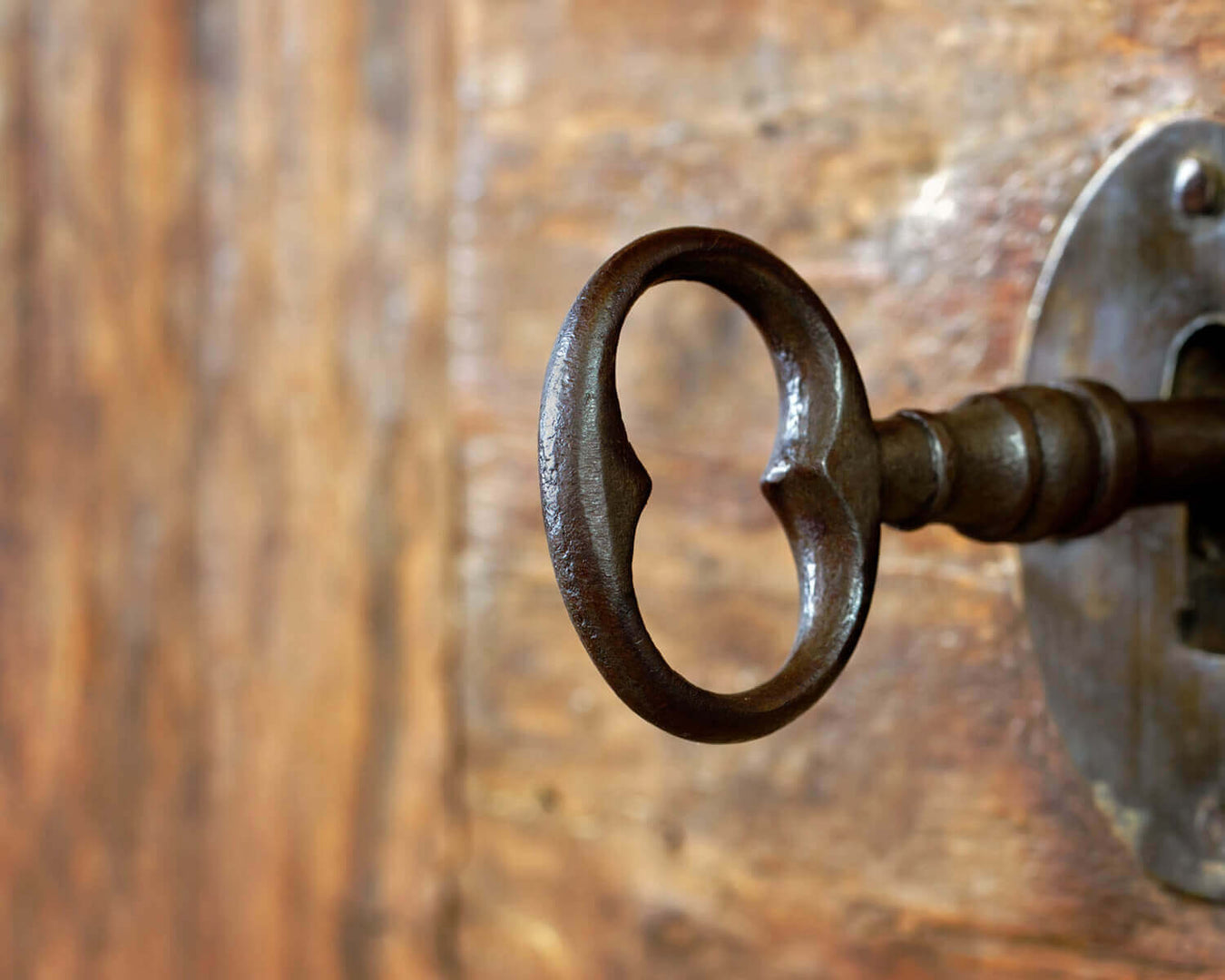
Antique Door Handle Spindles & Grub Screws
Grub screws & spindles questions are really common query here at Architectural Decor, on both handles we've sold and customer handles they already have. There's a few FAQs at the foot of the page.
The vast majority of original antique & period reproduction styles, fall into 3 main categories:
Plain spindle with no grub screw.
The handles and fixing/Rose plate are in one piece so need a grub screw to attach the spindle. The handles screw to the door and the spindle goes between each handle and through the square hole in the lock, it isn't really attached to the handles or the lock

Threaded spindle with grub screw.
The spindle is threaded, sometimes both ends of the spindle are threaded and sometimes one handle is attached to one end with only one side being threaded. You'll notice the centre of the spindle has a non threaded section, this operates the square hole in your lock. The handles screw onto the spindle and are attached using the grub screw, more often than not there is a slot on the spindle for the grub screw to tighten into. If the grub screw isn't in the slot of the spindle, or isn't square in the handle socket the grub screw won't catch and will work itself loose over time.

'Screw & hole' spindle.
Rather than threads the spindle has pre cut holes for the screw to go into. It does limit how tight you can get the handle against the door (if your door thickness is between holes). Originally they would have been supplied with washers to go between the handle and fixing/Rose plate to pack out that gap.

Others.
As is always the way, there were various other, usually more complicated ways to attach the handle to the spindle. These are pretty much always on older (pre 1940s) door handles, I can't recall seeing any modern versions.

Common issues.


Leave a comment